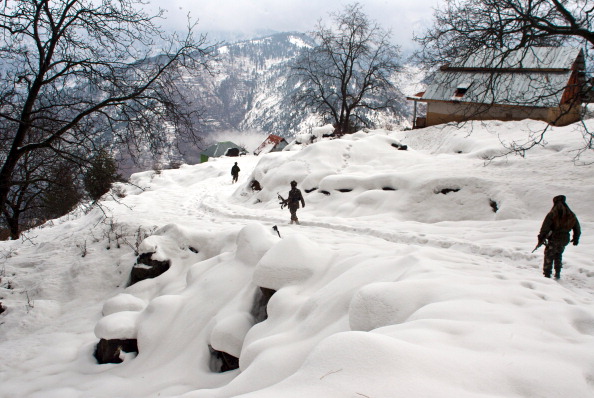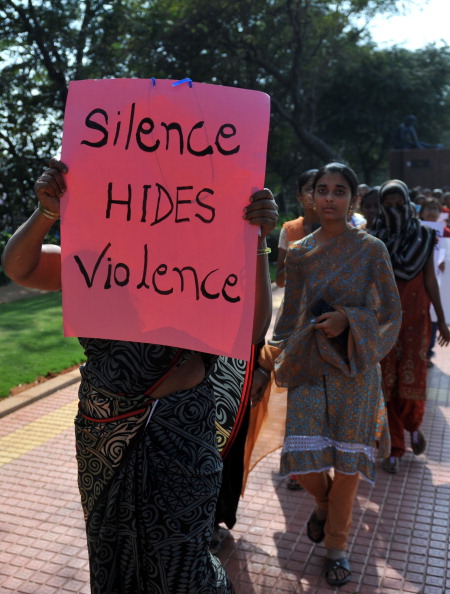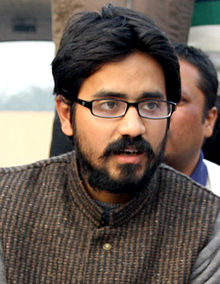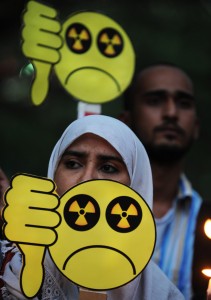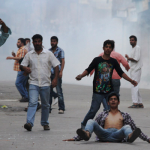
I was in Delhi on December 17 when tens of thousands marched in solidarity to support a young victim of rape.
On the evening of December 16, this young woman and her friend boarded a bus to return home after watching a movie. Her friend was attacked, while she was assaulted and raped by five men on the bus. Both were then left to die on the side of a busy street. Her injuries were so severe, that she succumbed to them a few weeks later.
Angered by her plight, thousands took to the streets to demand justice and accountability from a system that they think routinely ignores issues around women’s safety. Subsequently, the Indian government showed uncharacteristic speed in apprehending and trying the suspects. And now substantial efforts are under way to overhaul the country’s legal, social, and cultural response to violence against women.
